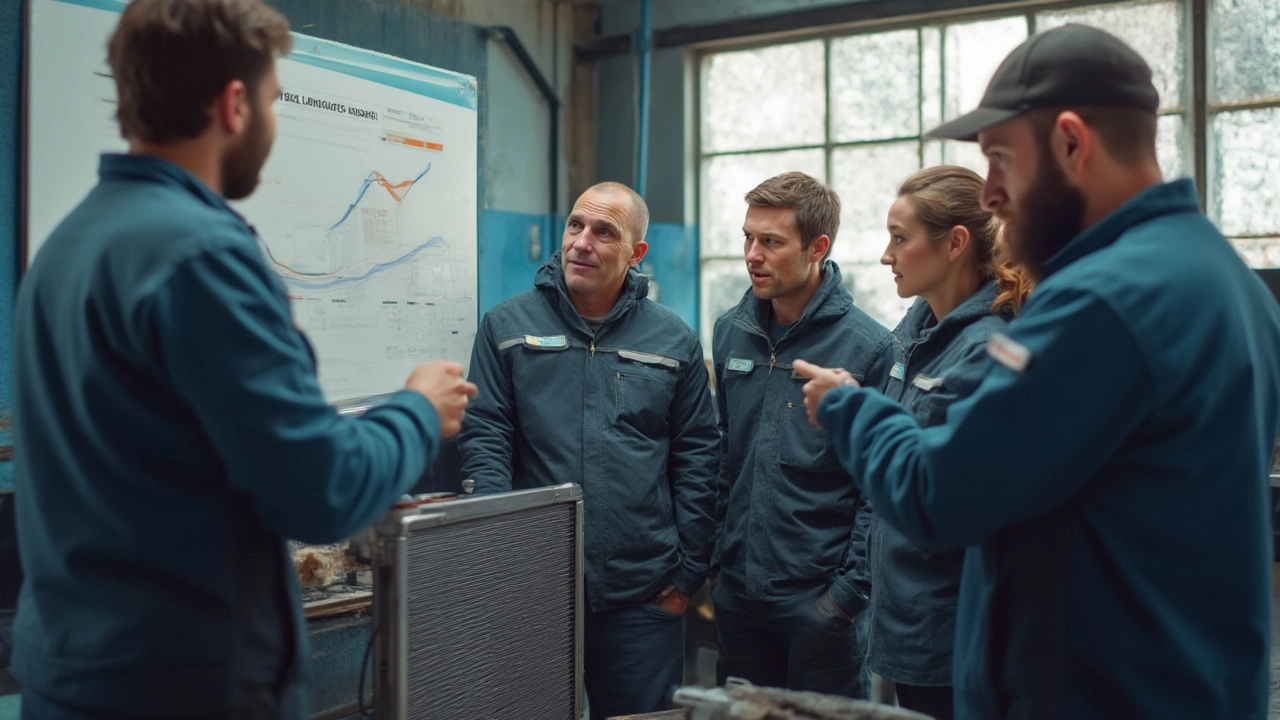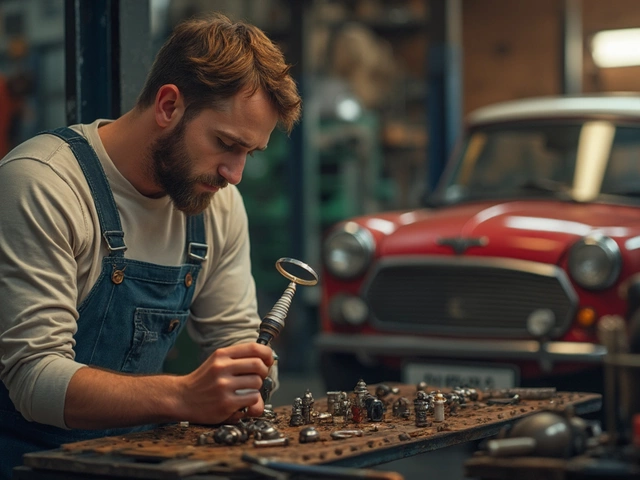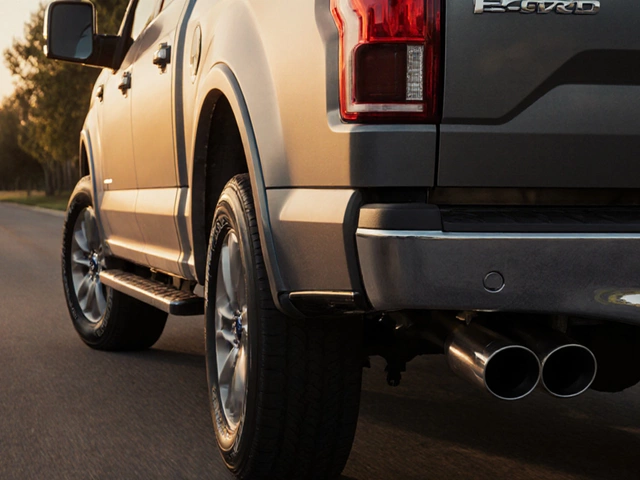Auto Maintenance Tips: Keep Your Car Running Smoothly
Every driver wants a car that starts, drives, and stops without drama. The good news is most upkeep tasks are easy, cheap, and you can do them yourself. Below are the everyday checks that keep your ride reliable and save you a visit to the garage.
Check Your Filters and Fluids
Air filters and fuel filters are the first line of defense for your engine. A cheap filter may let dust in, while a premium one can trap finer particles. If you notice reduced power or a rough idle, it’s time to inspect the filter. Swap it out if it looks dirty or if you haven’t changed it in a year.
Don’t forget the oil, coolant, and brake fluid. Low oil can cause engine wear; check the dipstick monthly and top up when needed. Coolant should be clear and at the correct level – a quick visual check under the hood tells you if it’s time for a flush. Brake fluid gets contaminated quickly, so replace it every two years to keep your stopping power sharp.
Brakes, Suspension, and Wheels
Brakes are your safety net. Changing only the rear pads can work if the front pads are still thick, but make sure you measure wear on both sets. Uneven pad wear often points to a sticking caliper or a misaligned wheel. A quick visual inspection for squealing or pulsating when you brake can catch problems early.
Suspension health matters for comfort and control. Bent or damaged suspension parts can cause uneven tire wear and a shaky ride. Look for clunking noises over bumps or a car that leans to one side. If you spot any of these signs, get a professional to check the shocks, struts, and control arms.
Alloy rims look great, but they can corrode over time, especially if the protective coating chips. Keep them clean and apply a light coat of wheel wax to ward off rust and keep the finish bright.
Wiper blades are often overlooked. Replace both blades at the same time for even wiping. Old blades can smear water and reduce visibility, especially in heavy rain.
Finally, keep an eye on the battery. If you’re comfortable, you can replace it yourself. Just disconnect the negative terminal first, remove the old unit, and install the new one with the correct polarity.
Doing these simple checks every month or every few thousand miles will keep your car humming and avoid costly breakdowns. If you ever feel unsure, a quick chat with a local tyre centre or mechanic can give you peace of mind.
 7 July 2025
7 July 2025
Car Radiator Costs Explained: How Pricey Are Replacements in 2025?
Are car radiators expensive in 2025? Find fresh insights on replacement costs, why they're rising, and tricks for saving money on your next repair.
 31 December 2024
31 December 2024
How Long Does Clutch Replacement Take: A Comprehensive Guide
Replacing a clutch is a task that many car enthusiasts or mechanics undertake, but it requires time and precision. This article explores the various aspects affecting the time it takes to replace a clutch, such as vehicle type, mechanical expertise, and necessary tools. We will delve into the standard time frames expected for this task, along with tips for efficiency. Additionally, readers will learn about common signs indicating clutch issues and preventative measures to prolong clutch life.
Latest Posts
-

What Happens If I Don't Replace Spark Plugs?
-

Deep Sound Mufflers: Enhancing Your Driving Experience
-

How Long Does a Clutch Last After You Smell It Burn? Real-World Lifespan and Advice
-

Does a MagnaFlow muffler increase horsepower? Real-world performance facts
-

Signs Your Fuel Pump is Failing: What to Watch For

0